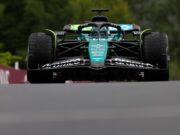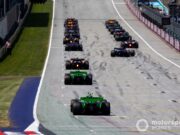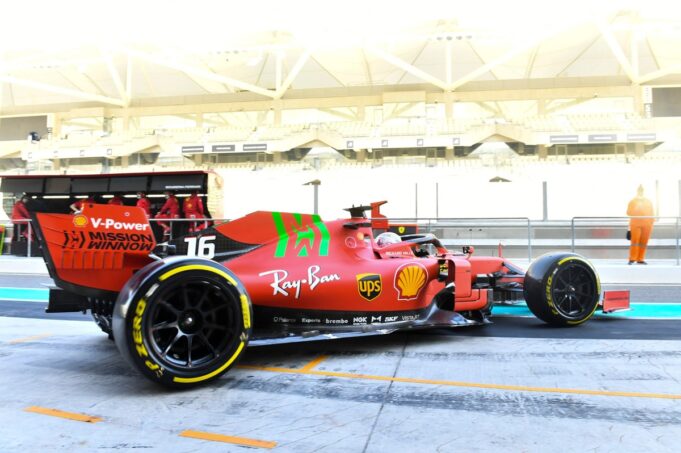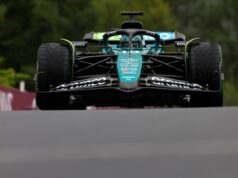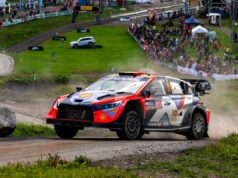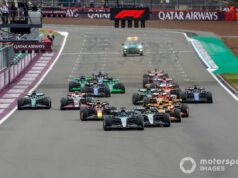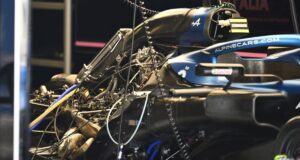The FIA World Motor Sport Council has given its approval for an update to the sporting regulations of Formula 1, enabling teams to test mule cars in anticipation of the technical regulation changes set for 2026.
This regulation update allows for 10 days of mule car testing this year, enabling teams to simulate the new cars that will make their debut after the upcoming season.
But what exactly is a mule car, and how does it assist teams in adapting to the changes?
What is a mule car?
In F1 terminology, a mule car refers to a chassis that has been modified for testing purposes. These cars are often altered significantly to replicate forthcoming regulation changes, deviating from the original car specifications.
The regulations governing mule cars allow for a greater degree of modification, enabling teams to adjust their vehicles in various ways to better reflect the demands of impending regulatory changes.
During the lead-up to the 2017 technical regulation changes, teams extensively utilized mule cars, which were capable of employing a range of aerodynamic devices to generate more downforce, thereby collecting valuable data in advance. Although this data was not entirely precise, it still provided engineers with an essential head start on their projects.
Mule cars were also introduced in preparation for the current generation of vehicles, primarily assisting the Italian tire manufacturer Pirelli in the development of its new 18-inch wheels for 2022.
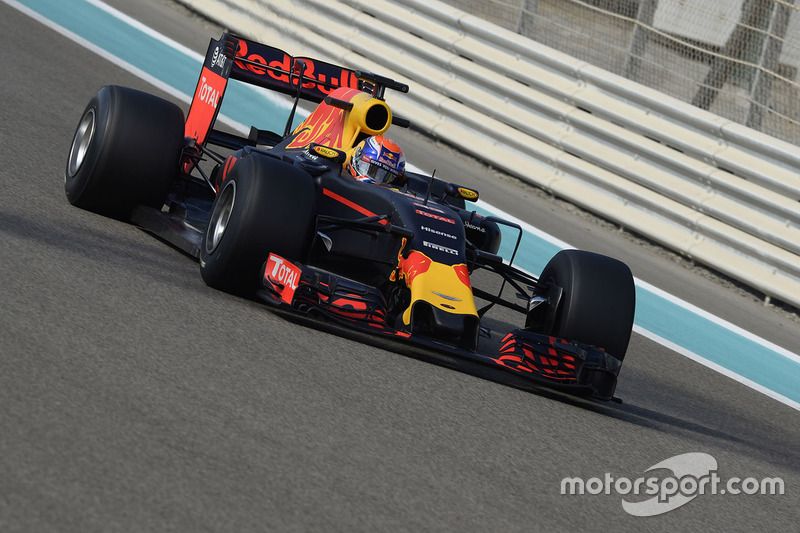
Max Verstappen, Red Bull Racing testing the new 2017 Pirelli tyres
Photo by: Pirelli
What has changed in the regulations
The FIA’s World Motor Sport Council has ratified modifications to this year’s sporting framework, permitting 10 days of mule car testing prior to the introduction of new vehicles in 2026.
A new article, 10.10, has been added concerning the ‘Testing of mule cars,’ which includes several stipulations, highlighted as follows:
- b) Cars must feature and are confined to the minimal modifications vital for testing development tires or evaluating components or systems on the FIA’s behalf for future championship seasons, as specified by the FIA.
- c) All cars must be equipped with the FIA ECU as mandated by Article 8.3 of the technical regulations during any TMC.
- k) A maximum of ten (10) car days of testing can occur between January 1 and December 31, arranged by the FIA in collaboration with all competitors, and if needed to meet testing objectives, with the designated tire supplier, solely for TMC purposes.
- i) Drivers involved in these tests must possess a valid superlicence and either have participated in at least one (1) Formula 1 competition during their career or have previously completed a minimum of 500km running in a current F1 car at consistent racing speeds.
- ii) Any such testing at a circuit holding a championship competition can only be performed before that event under specific conditions: a) The car in use must be suitably modified according to the technical regulations from any of the four (4) calendar years immediately preceding the championship year and, except for modifications allowed under b), i), and l), must utilize only components and software specifications that have been employed in at least one (1) race or TCC in the four (4) calendar years prior to the championship year.
- b) The driver must comply with the eligibility criteria outlined in Article 10.10 k) i) but must not be entered in the current championship.
- c) The circuit must have hosted a championship event in the year leading up to the championship year.
Under the new regulations, testing items are prohibited during operation, ensuring that teams cannot gain any competitive edge in the current season.
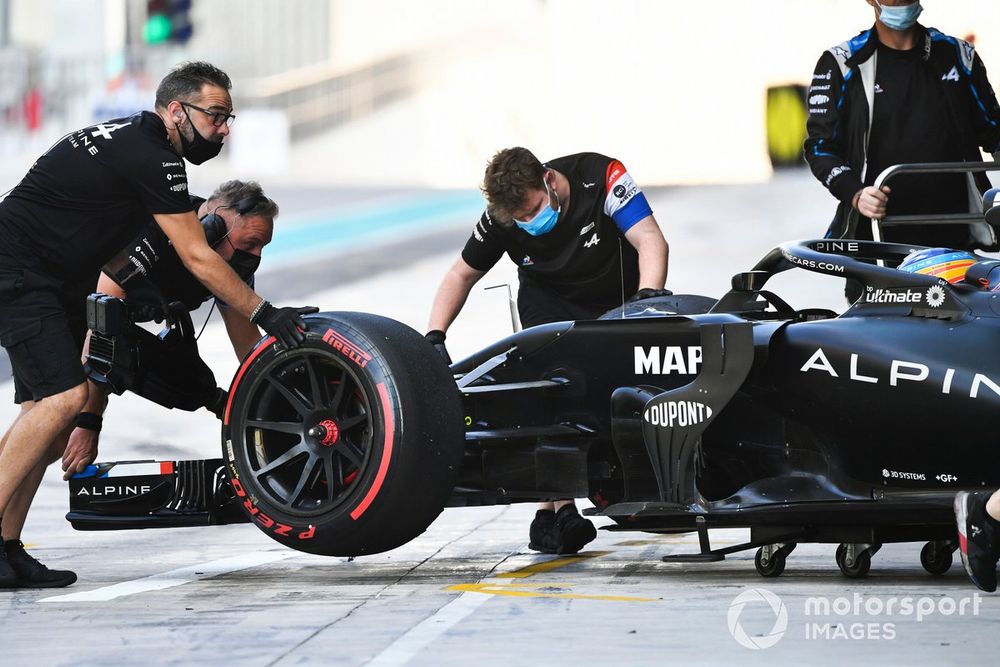
Pirelli tyre on the car of Fernando Alonso, Alpine/Renault RS18 Mule
Photo by: Mark Sutton / Motorsport Images
Prior to Wednesday [31 July], the 2024 sporting regulations contained no provision for testing mule cars.
What challenges do F1 teams face?
While earlier mule cars were modified to accommodate increased dimensions and weight for upcoming regulations, teams are now confronted with the challenge of preparing for cars that will be smaller and lighter.
Additionally, whereas aerodynamic enhancements were previously applicable to boost downforce generation, the new 2026 regulations involve complex active aerodynamics, which will be incredibly challenging to replicate with mule cars.
Moreover, teams must also navigate a substantially revised power unit regulation set, a factor that was not present in 2017 when they were allowed to use the same power units in their testing machinery. The question remains: even with mule cars at their disposal, how will engineers effectively mirror the new regulations?
With the option to modify any car from the four previous seasons available, teams face a decision.
They can choose a chassis from the older generation of cars, pre-2022, which is smaller and thus more aligned with the dimensions outlined in the 2026 regulations. While this presents a clear advantage, much of the downforce generated by the 2020-21 cars relied on top-face components, rather than the ground-effect approach that characterizes the new generation of cars.
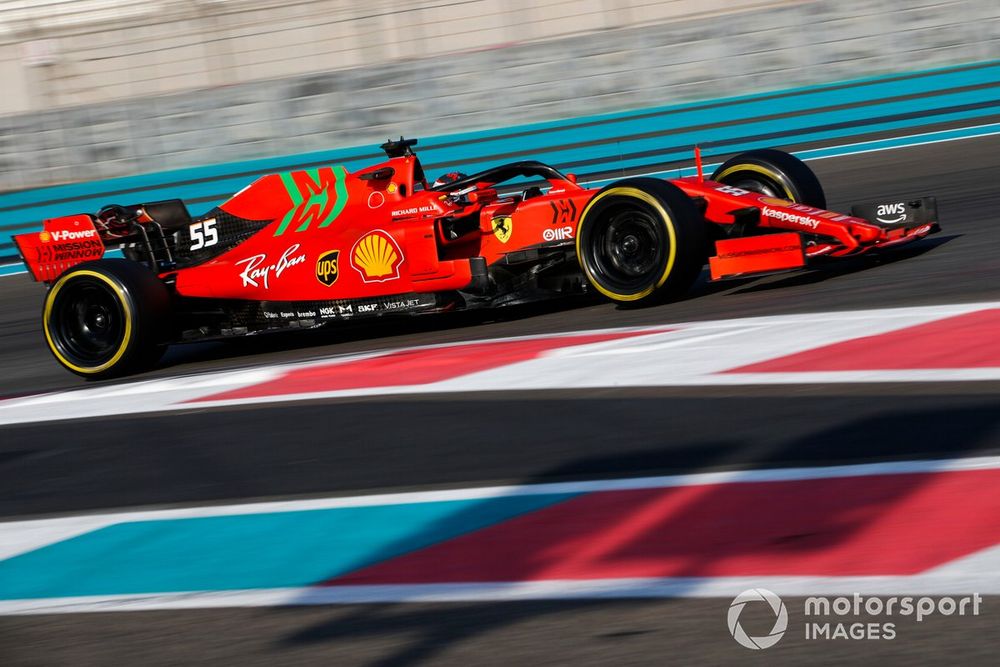
Carlos Sainz Jr., Ferrari SF90 Mule
Photo by: Zak Mauger / Motorsport Images
How representative will any data obtained from testing a 2020-21 car be? The answer largely hinges on how each team chooses to modify their cars according to the new regulations set forth by the FIA.
While the new generation of cars benefits from ground-effect aerodynamics, the increased dimensions create significant obstacles when it comes to making effective alterations. The quantity of usable data collected will be difficult to assess.
The performance of these modified mule cars could offer the first opportunity to gain a competitive advantage as Formula 1 enters its next era in 2026.



















